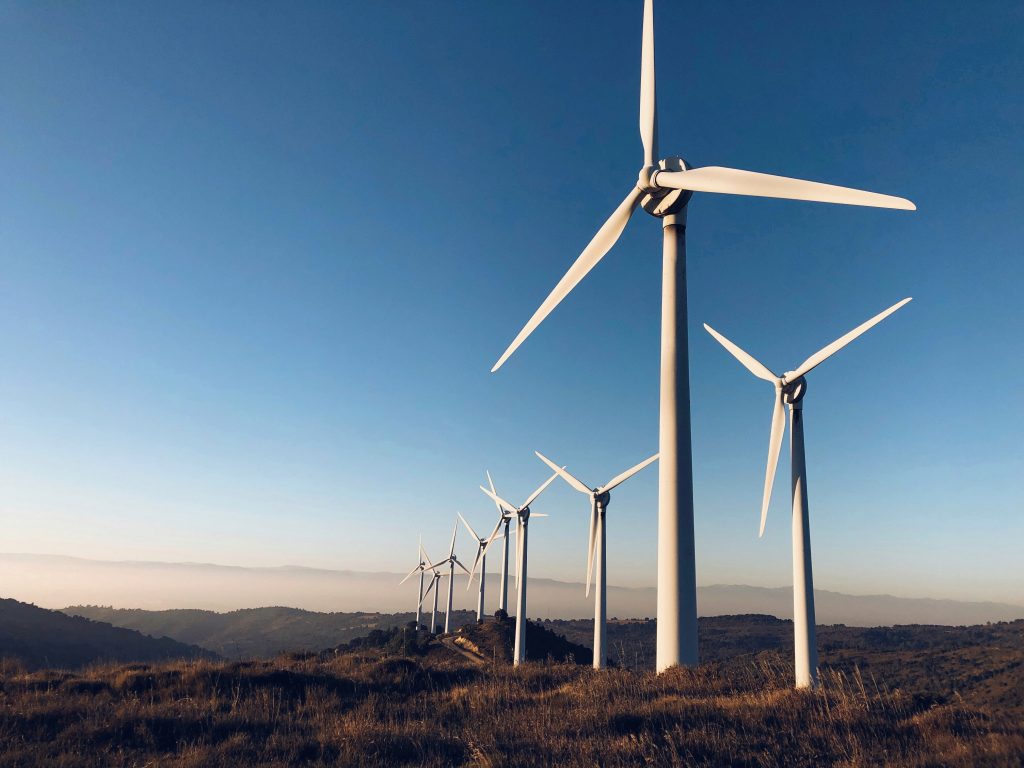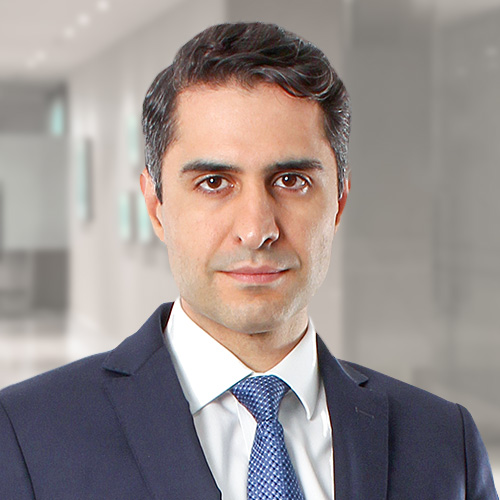Perspectives
Building up your portfolio: the benefits of investing in infrastructure
16 août 2021

Investing in private market infrastructure assets is an effective means of generating stable cash flow and long-term capital growth. Historically, this asset class has only been available to institutional investors with deep pockets. However, in recent years investment managers have started to provide their high-net-worth clients with opportunities to invest in this asset class.
In this article, we provide an overview of infrastructure investing, how we approach it, and the opportunity for investors. For information on other alternative asset classes, please read our Portfolio Guide – Beyond Stocks and Bonds.
What is infrastructure investing?
Infrastructure investing refers to making investments in physical, or “real”, assets that provide an essential product or service that is critical to society. Infrastructure assets are varied – from roads, rail, schools, and hospitals to power generation, energy transmission and distribution, and digital infrastructure.
Typically, attractive assets share a number of key characteristics including long lives, low competition and high barriers to entry. When combined with predictable revenue streams – often from contracts with government counterparties or counterparties with high credit ratings – this makes infrastructure investing a source of portfolio stability and return.
Understanding the opportunity for investors
While institutional investors have long embraced infrastructure investing, it is a less familiar option for high-net-worth investors, given the complexity and high cost associated with access to the asset class. Three key benefits include:
- Uncorrelated: Infrastructure cash flow returns have a low correlation to other asset classes. It means they do not typically rise or fall in lockstep with liquid asset classes like stocks or bonds or private asset classes like real estate, private debt or private equity.
- Resilient: Infrastructure returns are relatively resilient to economic turbulence. Even in recessionary economic environments, infrastructure returns have been relatively stable, given their essential, and often contracted or regulated, nature.
- Long term: Infrastructure assets typically provide steady returns over a long time. Assets usually benefit from long contract lengths of more than 20 years and the assets themselves often have even longer useful lifespans – some hydroelectric assets have reached upwards of 100 years.
These benefits make infrastructure an attractive asset class. Incorporating infrastructure into a broader portfolio can provide important diversification benefits and may also deliver increased average returns while reducing risk.
Another characteristic of investing in infrastructure and other private asset classes is restricted liquidity. This is because the holding period of infrastructure assets reflects the long-term nature of the investments. For investors that do not require their capital in the short term, infrastructure can be a relatively safe and low-risk way to generate income and long-term growth.
Our approach to infrastructure investments
At CC&L Private Capital, our infrastructure investments are primarily in Canada, the US, and Chile. We expect to add infrastructure assets in other geographies over time in a measured and disciplined way.
Our portfolio is focused mainly on small- and medium-sized traditional infrastructure projects (e.g., roads, rail, hospitals) and energy infrastructure projects (i.e., hydro, wind, and solar).
Choosing the right investment manager
We strongly believe in the benefits of infrastructure investing. That is why we invest a significant amount of our own capital in our portfolio, as with all our private market investments. It shows that we are committed to our portfolio’s performance, as we benefit alongside our clients.
When evaluating potential investment managers, whether they have »skin in the game » is important, particularly for alternative asset classes. Other criteria investors should consider include the stability of the investment manager’s team, the manager’s proven ability to generate returns, the direct nature of the investments and the quality and diversity of the infrastructure portfolios.
To learn more about how to choose the right investment manager for your goals, please read our Portfolio Guide – How to future-proof your investment portfolio.
Find out more
If you would like to find out more about our approach to infrastructure investing or learn how we can help you grow your investment returns, please contact us.
This post is for information only and is not intended as investment advice. The views expressed are those of the author at the time of publication and are subject to change at any time.






